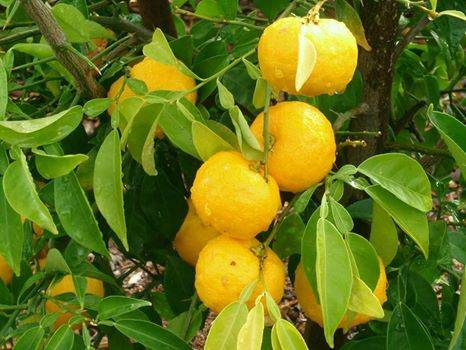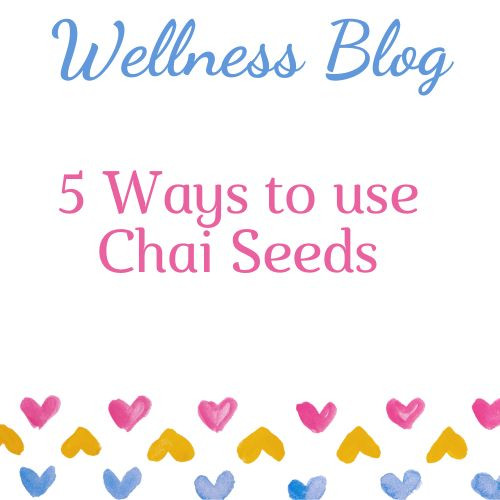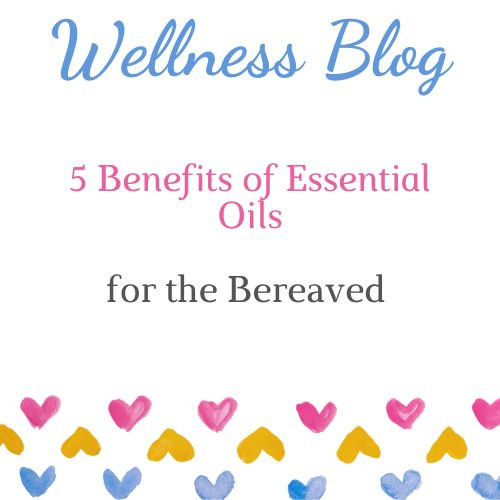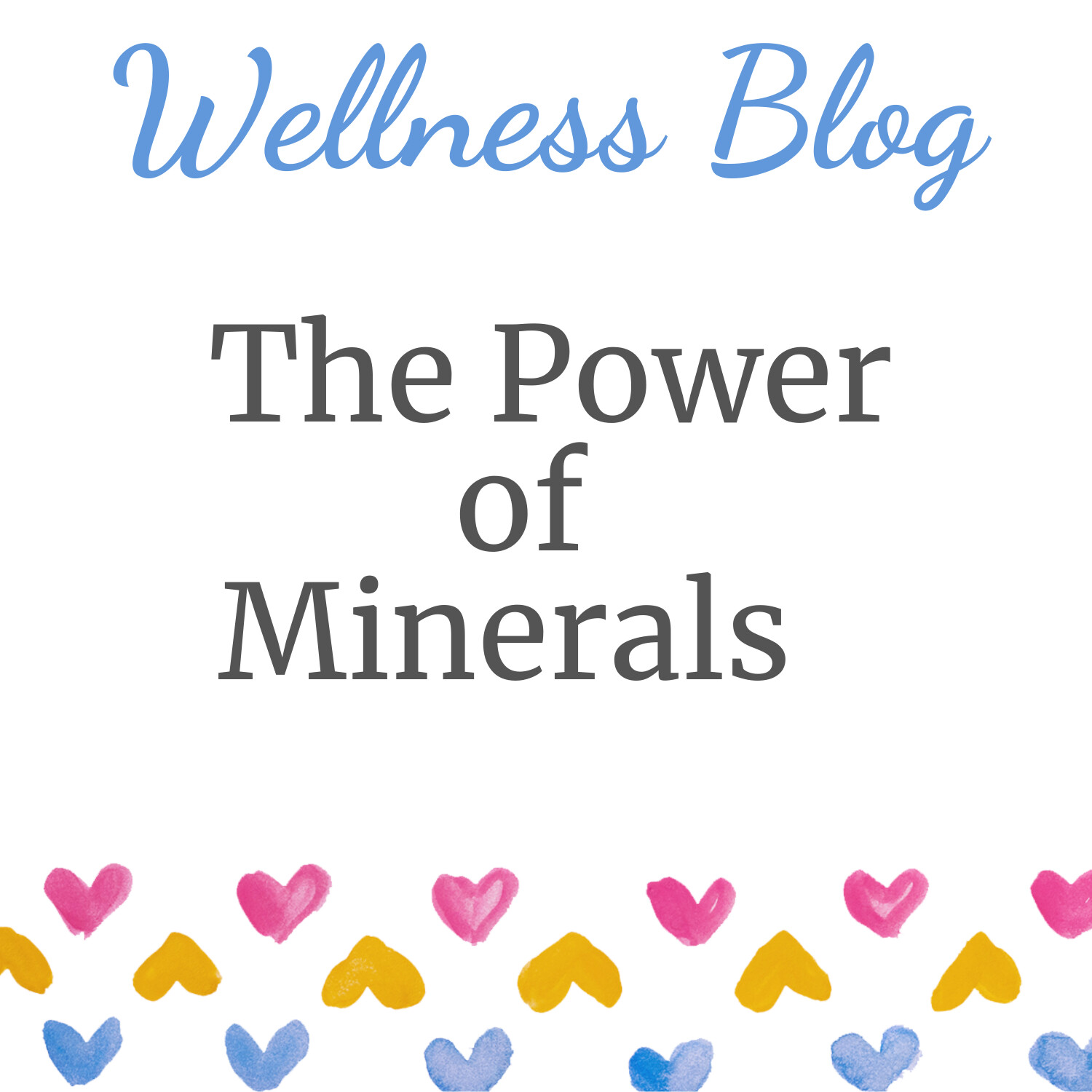Ravensara and Ravintsara - the differences
I am going to attempt to explain the differences between these two oils, as there is so much confusion over them. Ravintsara essential oil should never be confused with ravensara essential oil and substituting one oil for the other is never an option, as their therapeutic properties are very different from each other.
Let's start with a little botany! Plant naming and the use of botanical Latin can be daunting to beginner and experienced aromatherapists alike. Nonetheless, the science of classifying living things (taxonomy) is essential to our understanding of the natural world. Without the botanical Latin name, how can you be entirely sure of which essential oils you are buying and more importantly, using in your practice.
I'll state again, as I do very often! that it is of paramount importance for us to know the botanical names of the oils we are using in our practices. Do not consider buying a essential oil without researching first exactly which one you want and why you want it. You need to keep in mind all the different chemo types too. Do not go shopping for essential oils until you have done your homework.
The first difference is the botanical name:
Ravensara (Ravensara aromatica) is distilled from the leaves and branches of a tree by the same name - indigenous to Madagascar.
Ravintsara (Cinnamomum camphora) is distilled from the leaves of the camphor tree, which originated in Japan and China.
Ravintsara is not therefore indigenous to Madagascar but was introduced from China in the early 1800s. It's a species* of Cinnamonum camphora which lost its ability to produce any camphor under the Madagascan climate.
For many years, oils from both Ravensara aromatica and Cinnamomum camphora were distilled and traded on the market as Ravensara with a reference to either botanical name. It is only a few years ago that research into the chemical makeup of these oils has finally given them their distinctive individual botanical identity.
So whilst Cinnamonum camphora is now grown in Madagascar, it is very different to the Cinnamonum camphora grown in China - because of the different climate and therefore producing a chemo type.
The next difference is the main chemical compounds of the oils:
Ravensara is generally high in monoterpenes, such as limonene and sabinene, giving this oil antibacterial and immune supportive properties. Its aroma is fresh, earthy and green.
Ravintsara on the other hand, is known for being very high in 1,8 cineol, making it supportive for respiratory issues and as a decongestant. Its aroma is vibrant, clean and very similar to Eucalyptus.
So! If you see a bottle of essential oil labeled Ravensara, and it advertises a high chemical composition of 1,8 cineol (say 50%-60%) then this essential oil will most certainly be Ravintsara, not Ravensara (as Ravensara is high in monoterpenes, not 1,8 cineol).
Now I'm going to make it more confusing!
Ho Wood Essential Oil, Cinnamomum camphora ct linalool, is steam distilled from the bark and wood (and sometimes the leaves are simultaneously distilled) from the same tree that brings us Ravintsara. Ravintsara Essential Oil is distilled from the leaves of Cinnamomum camphora and is sometimes known as Ho Leaf Oil.
Surely the easiest thing to do, to stop all this confusion, is that oils from the Cinnamomum camphora tree we always call Ho Leaf, or Ho Bark essential oil and the oil from Ravensara aromatica tree we call Ravensara - forget the name Ravintsara totally! to save confusion - when you see Ravintsara, think Ho Leaf!
So!!! When you are buying Ho Leaf (which will no doubt have Ravintsara on the label!), the label should read:
Ravintsara - 100% Pure Essential Oil. Cinnamomum camphora (c.t. 1,8 cineol) **
Calling Ho Leaf oil 'Ravintsara' is just confusing for everyone.
*Species - species are groups of interbreeding populations, which are reproductively isolated from other species.
** 1,8 cineol is also known as also known as 'eucalyptol'





 Welcome to my Blog! I'm Suzie Webb you can read more about me
Welcome to my Blog! I'm Suzie Webb you can read more about me 





0 Comments